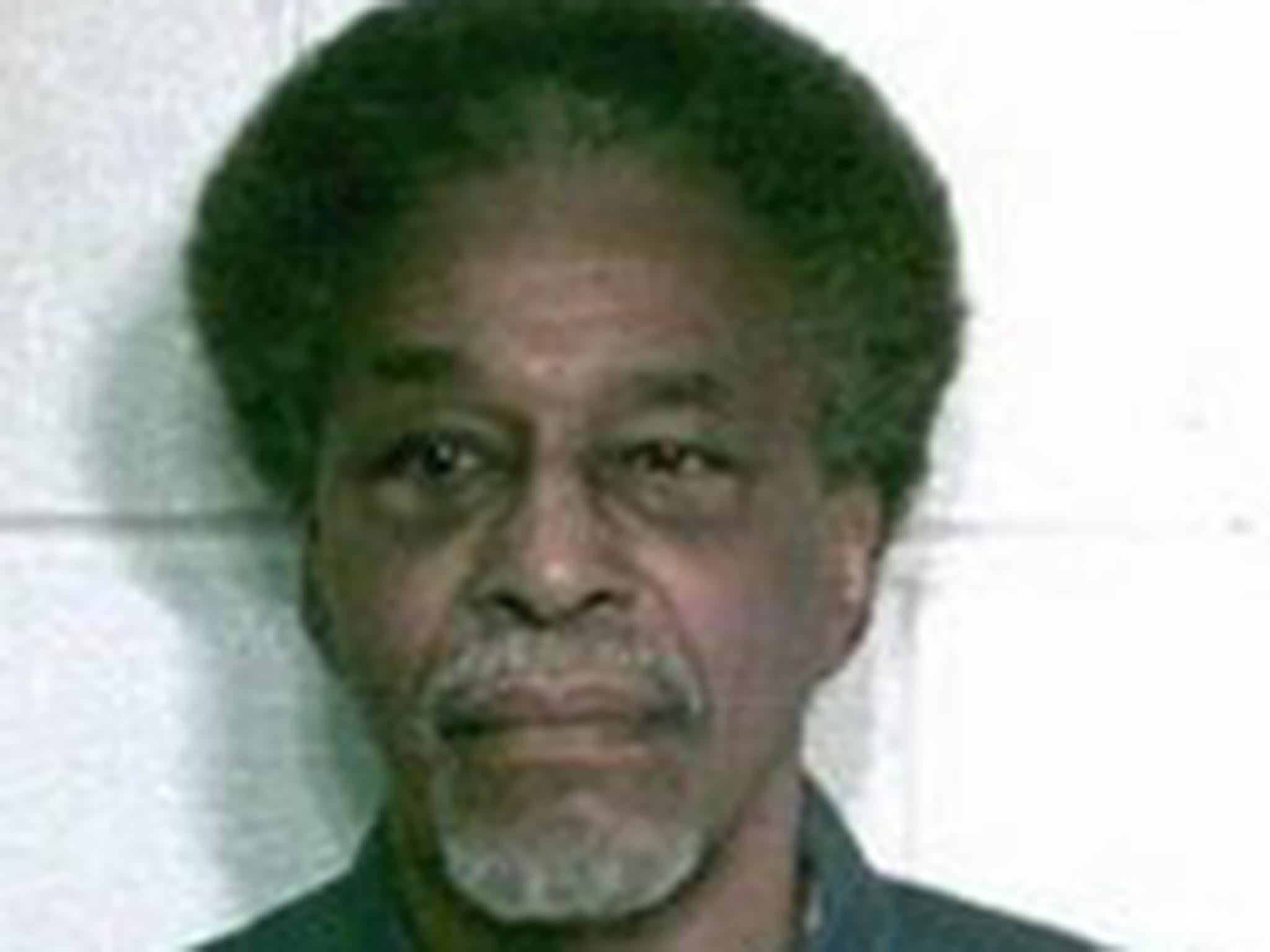Man who killed 10 people in 1984 Palm Sunday Massacre released from prison
'I hope he is rehabilitated and doesn’t hurt anyone else'

Your support helps us to tell the story
From reproductive rights to climate change to Big Tech, The Independent is on the ground when the story is developing. Whether it's investigating the financials of Elon Musk's pro-Trump PAC or producing our latest documentary, 'The A Word', which shines a light on the American women fighting for reproductive rights, we know how important it is to parse out the facts from the messaging.
At such a critical moment in US history, we need reporters on the ground. Your donation allows us to keep sending journalists to speak to both sides of the story.
The Independent is trusted by Americans across the entire political spectrum. And unlike many other quality news outlets, we choose not to lock Americans out of our reporting and analysis with paywalls. We believe quality journalism should be available to everyone, paid for by those who can afford it.
Your support makes all the difference.The man who killed 10 people in one of the largest mass shootings in New York City in decades was released from prison earlier this year. The killer, Christopher Thomas, shot eight children and two women in a home in Brooklyn in 1984, a crime that came to be known as the Palm Sunday Massacre.
Thomas was released in January from Shawangunk Correctional Facility in Wallkill, after serving more than 32 years in prison.
There was only one survivor of the massacre: a crying toddler named Christina who was found on the floor, covered in blood. One of the first police officers to arrive, Joanne Jaffe, cared for the child that night and later helped raise her, a relationship The New York Times wrote about in 2014.
“I hope he is rehabilitated and doesn’t hurt anyone else,” Ms Jaffe, who rose to become the highest-ranking female police chief in the New York Police Department before retiring this year, said in a brief phone interview late on Friday afternoon.
Thomas, now 68, had been sentenced to serve 10 consecutive manslaughter sentences, for a total of 83 to 250 years in prison. At the time of sentencing, the judge declared his intention that Thomas serve “every single day, hour and minute” in prison. But because he was found guilty of manslaughter, not murder, that was unlikely.
At the time, some jurors explained that they opted for the lesser charge because, according to an article from The New York Times in 1985, “they were convinced that Mr Thomas was acting under extreme emotional disturbance because of a cocaine habit”.
State law capped Thomas’ sentence at 50 years. With time off for good behaviour, he was eligible to be released after serving two-thirds of that time, prison officials said.
The New York Times